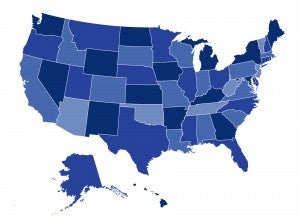
By Dania Palanker and Kevin Lucia
When people shop for health insurance online, internet searches often direct them to websites using misleading or deceptive practices to steer consumers to plans that are not compliant with the Affordable Care Act (ACA). These include plans lacking key ACA protections, such as coverage of pre-existing conditions. While research has called attention to the risks of certain non-ACA-compliant products including short-term plans, farm bureau plans, and health care sharing ministries, limited plans have flown under the radar, leaving consumers virtually uninsured.
“Limited plans” refers to a segment of insurance products known as “excepted benefits,” which are not regulated as individual market health insurance under federal law. There are several types of limited plans (such as fixed indemnity or disease-only policies) and none are designed to be a primary form of insurance. Limited plans provide neither catastrophic coverage nor real first-dollar coverage for benefits.
In a new post for the Commonwealth Fund’s To the Point blog, CHIR’s Dania Palanker and Kevin Lucia discuss the marketing of limited plans as a primary form of coverage and the risks these products pose to consumers. You can read the full post here.


1 Trackback or Pingback